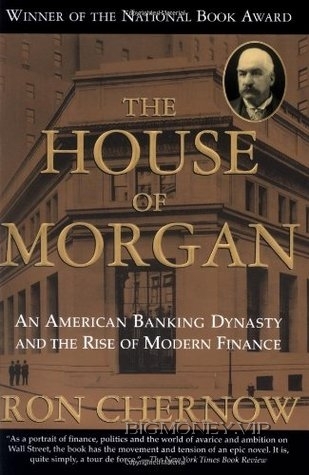
PART ONE
The Baronial Age
1838-1913
CHAPTER ONE
SCROOGE
WHEN Baltimore merchant George Peabody sailed for London in 1835,
the world was in the throes of a debt crisis. The defaulting governments
weren’t obscure Balkan nations or South American republics but American
states. The United States had succumbed to a craze for building railroads,
canals, and turnpikes, all backed by state credit. Now Maryland legislators,
with the bravado of the ruined, threatened to join other states in skipping
interest payments on their bonds, which were largely marketed in London. As
one of three state commissioners assigned to renegotiate the debt, Peabody
urged officials to tone down their rhetoric and placate British bankers. But
American legislators found it easier to pander to the hatred of foreign bankers
rather than to raise new taxes to service debt.
London was the sun in the financial solar system. Only Britain had a huge
surplus of funds in a capital-short world, and sterling was the currency of
world trade; its official use dated back to William the Conqueror. In the
afterglow of the Napoleonic Wars, bankers of the City—London’s financial
district—were self-styled potentates, often with access to more money than
the governments and companies they financed. Firms such as Barings and
Rothschilds maintained an imperial reserve, omitting their names from
doorways and letterheads, refusing to solicit business or open branches, and
demanding exclusive client relations. Statesmen from Europe and Latin
America trooped humbly to their doorsteps. One observer remarked, “to be
asked for lunch was like being received in audience by a king.”
Though intensely patriotic, the forty-year-old Peabody identified with the
British creditors. When the other Maryland commissioners returned home in
despair, Peabody threw a glittering dinner for a dozen bankers to persuade
them that Americans weren’t all rustic swindlers. He argued that only new
loans could guarantee repayment of the old—a convenient line to be echoed
by many future debtor states. Far from cutting off Maryland’s credit, the
bankers advanced another $8 million. As his friend the English political
leader George Owen said of Peabody, “He borrowed the money on his face.”
To mitigate British prejudice against “venal” Americans, he boldly waived his
$60,000 commission from Maryland.
Peabody, a good talker, was not prepossessing. Over six feet tall with light
blue eyes and dark brown hair, he had a rumpled face, with knobby chin
The House of Morgan: An American Banking Dynasty and the Rise of Modern Finance by Ron Chernow




